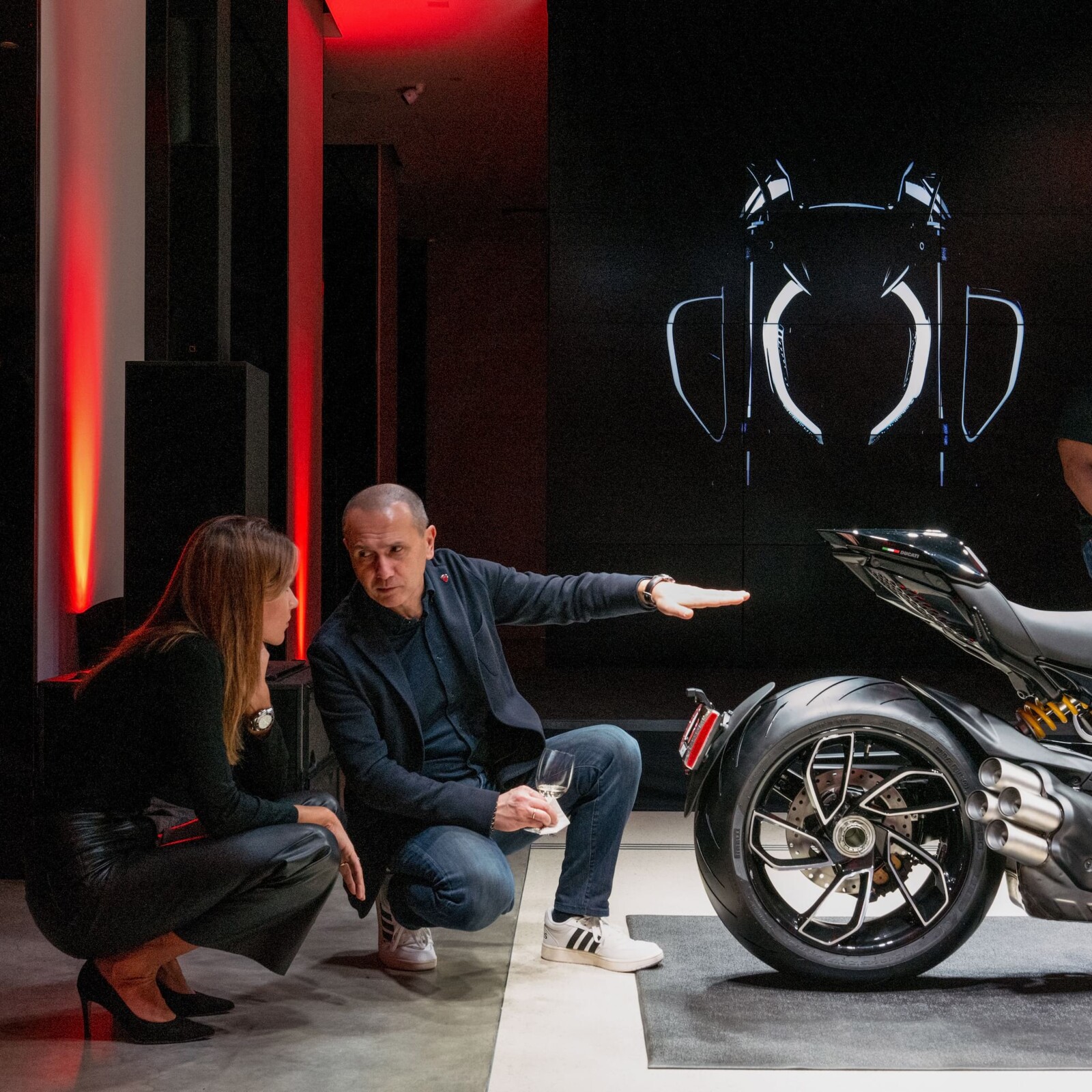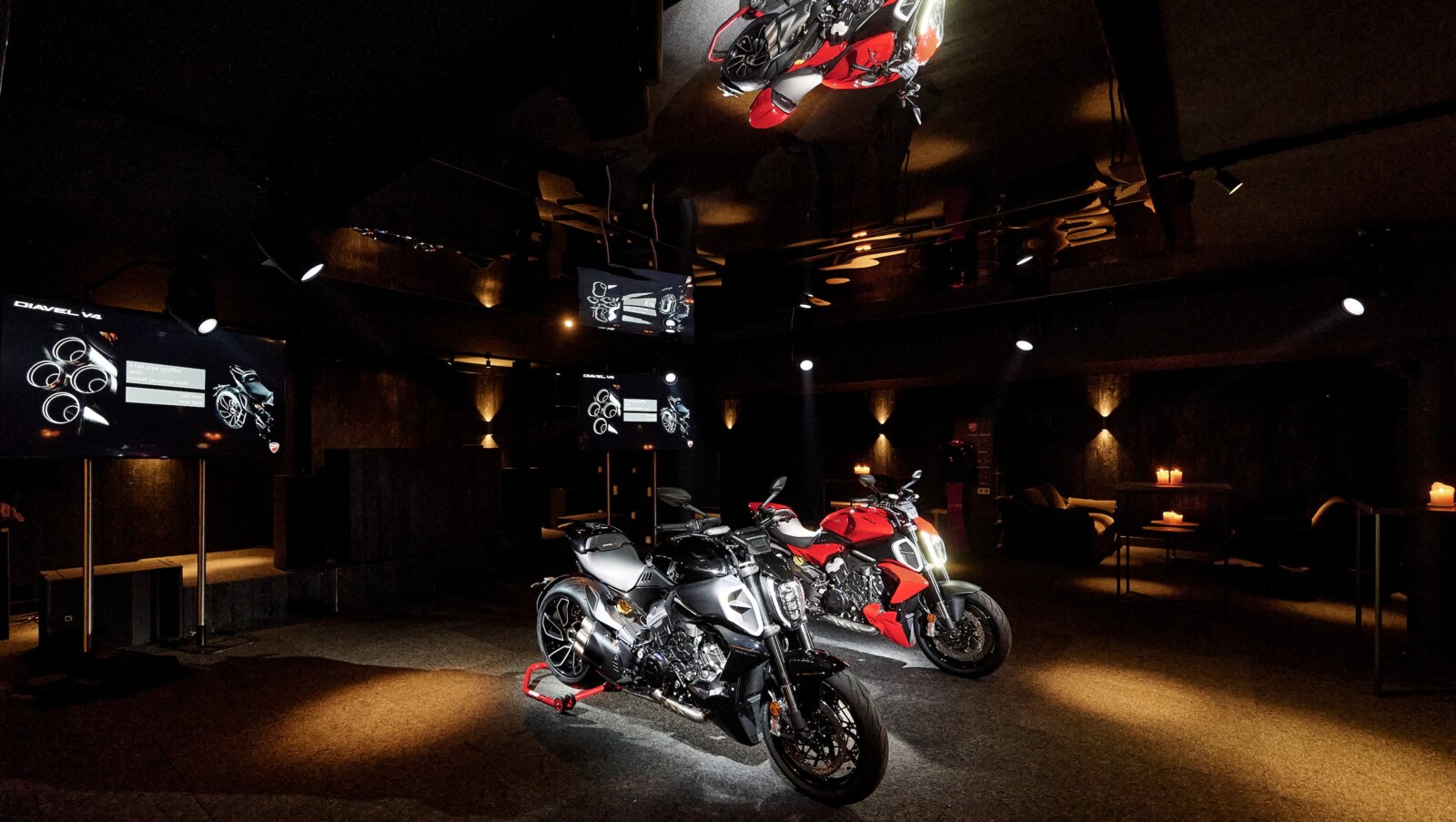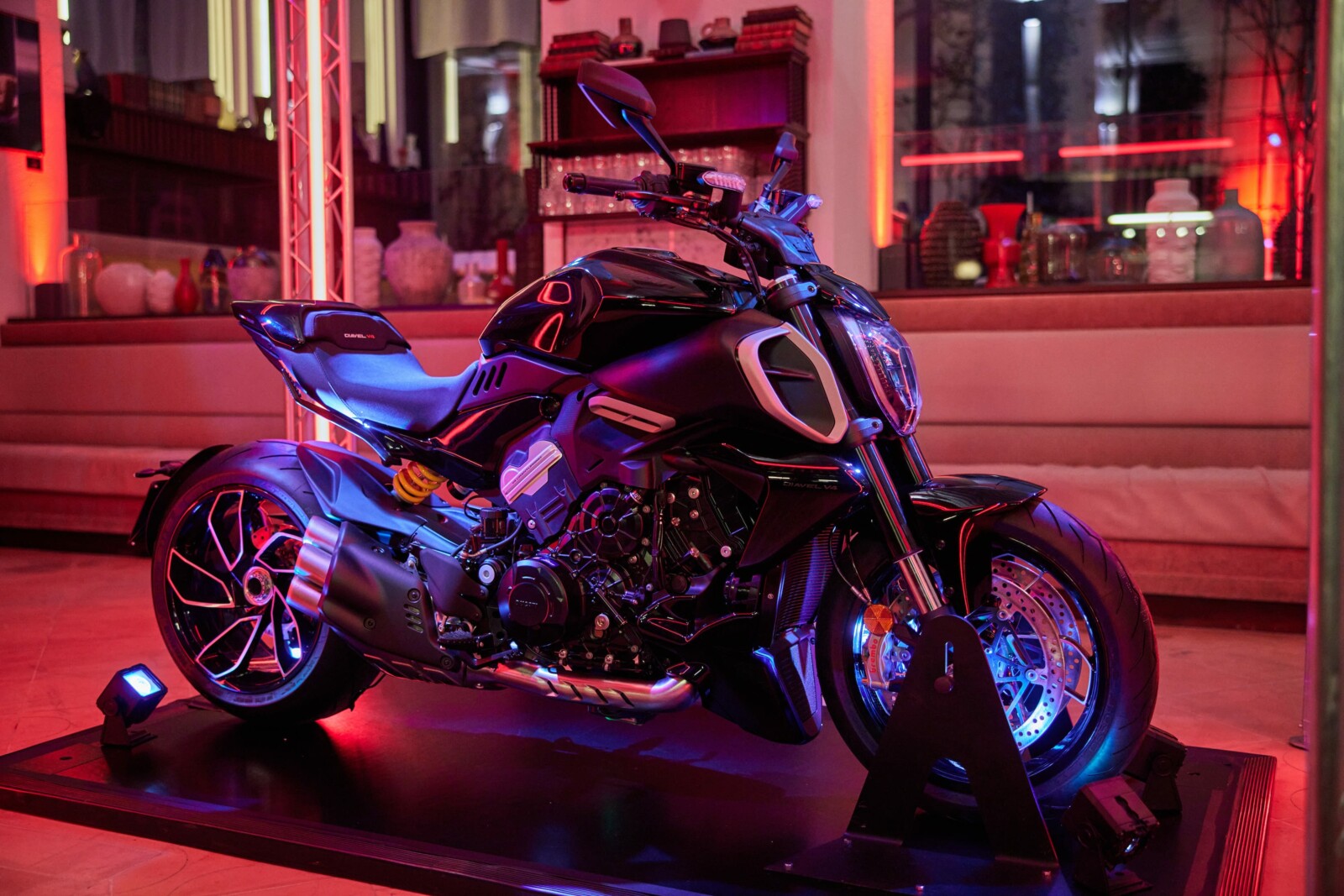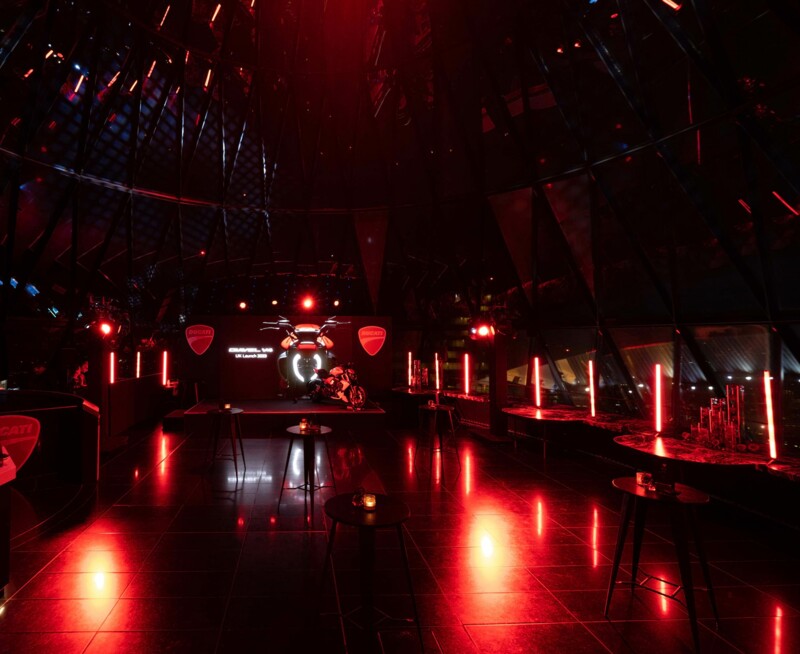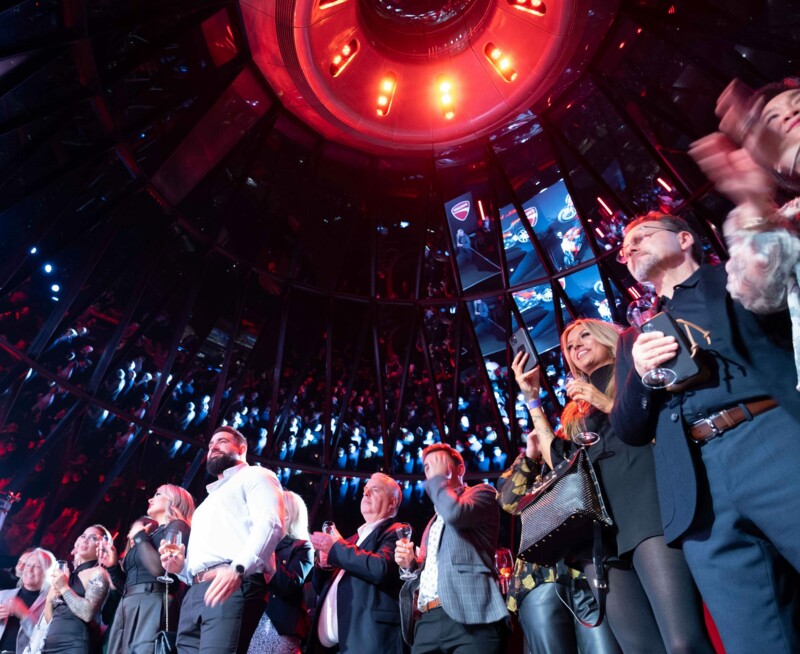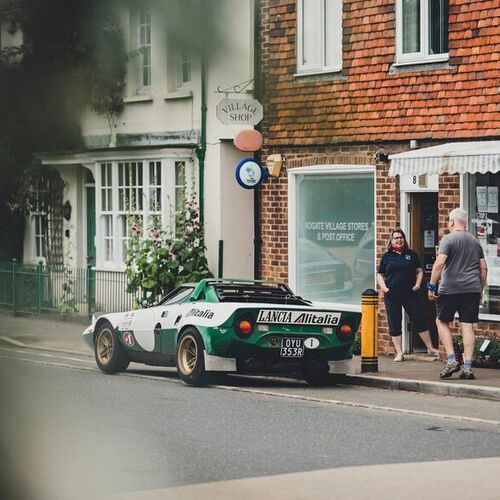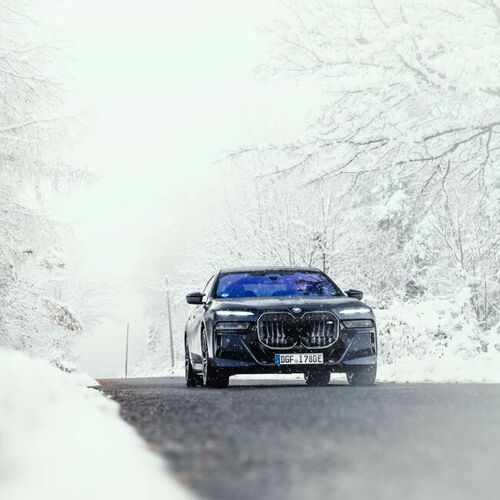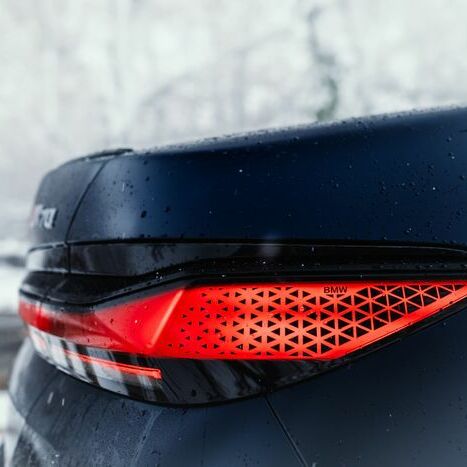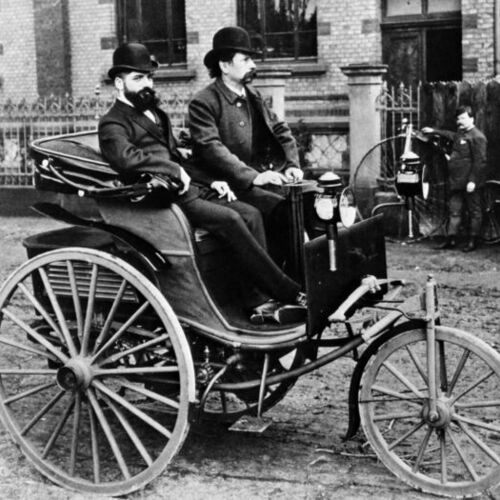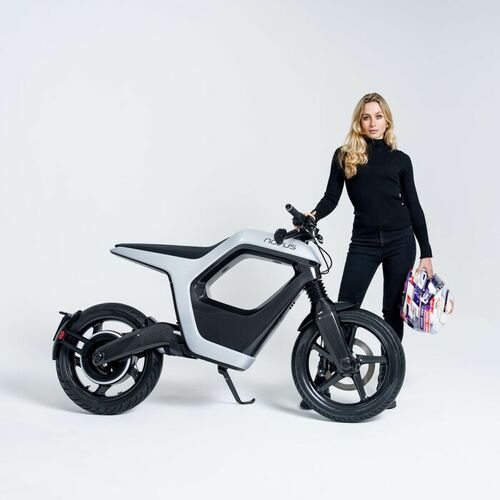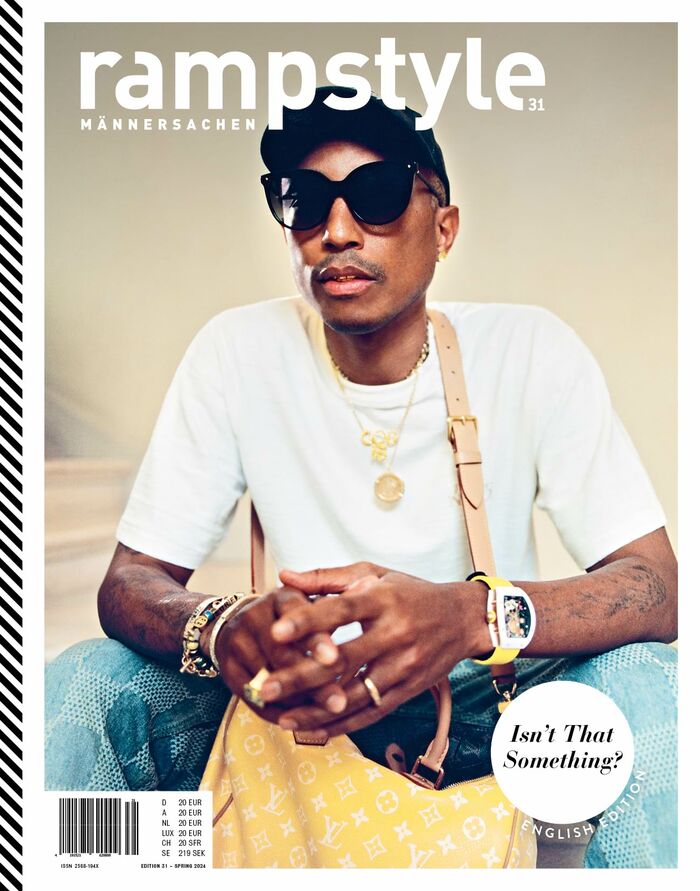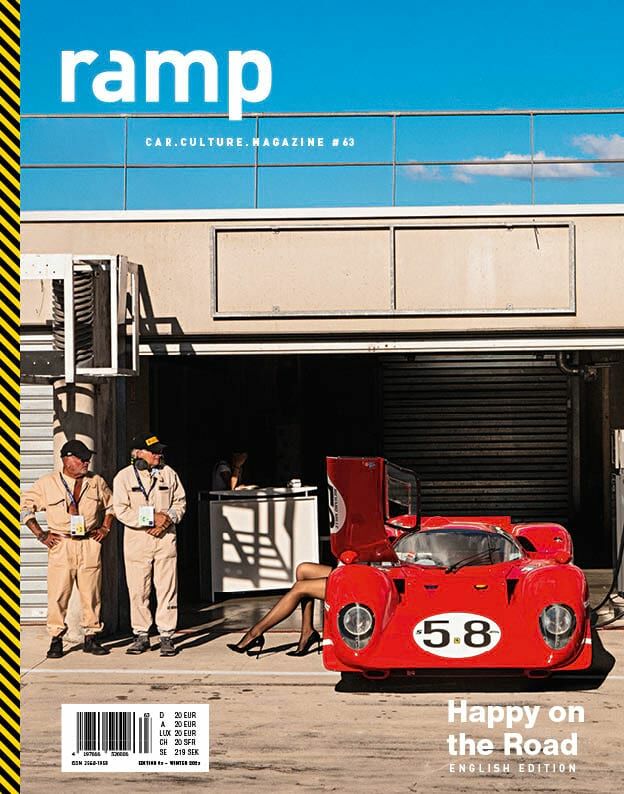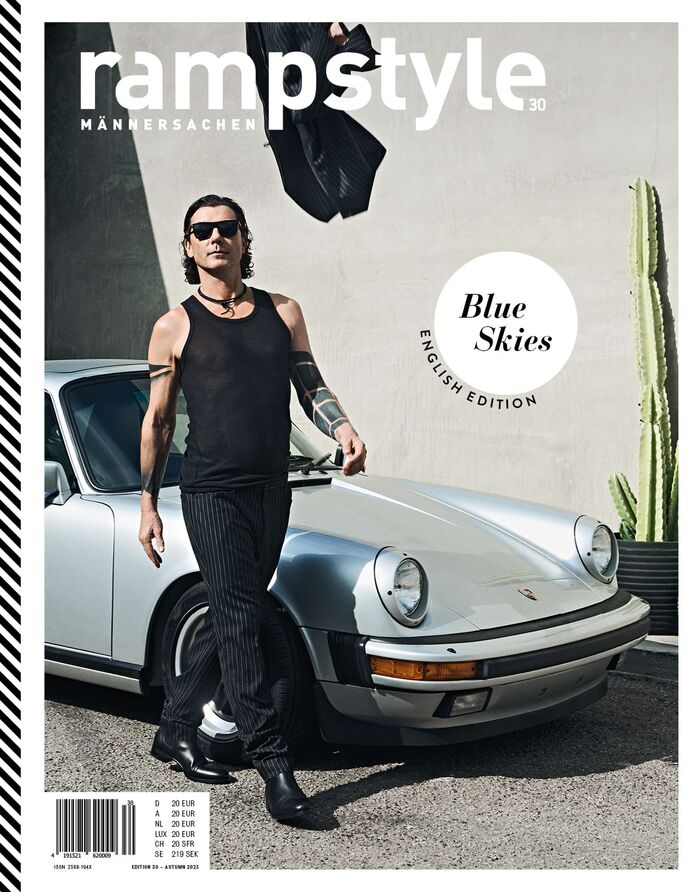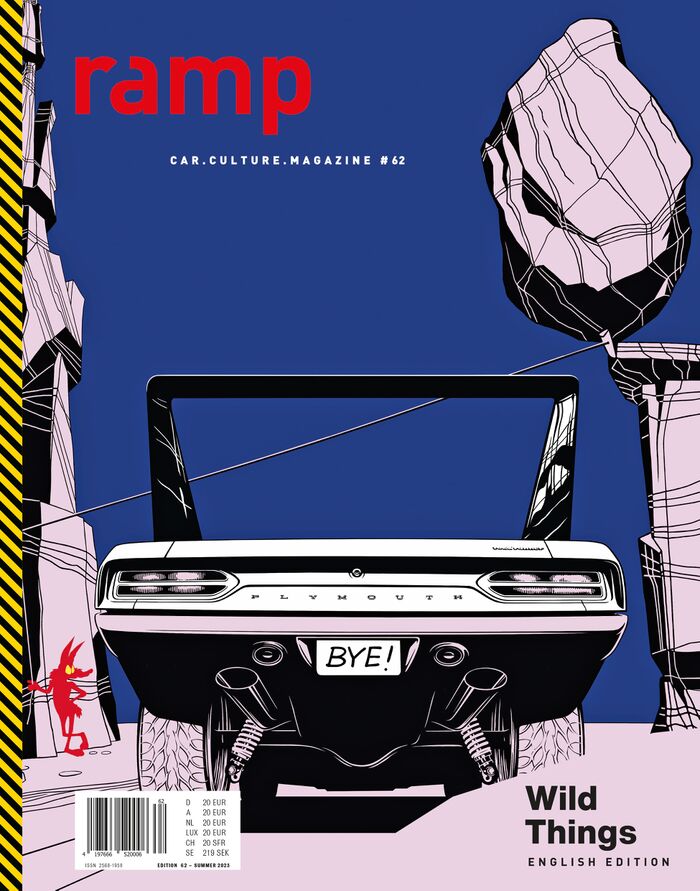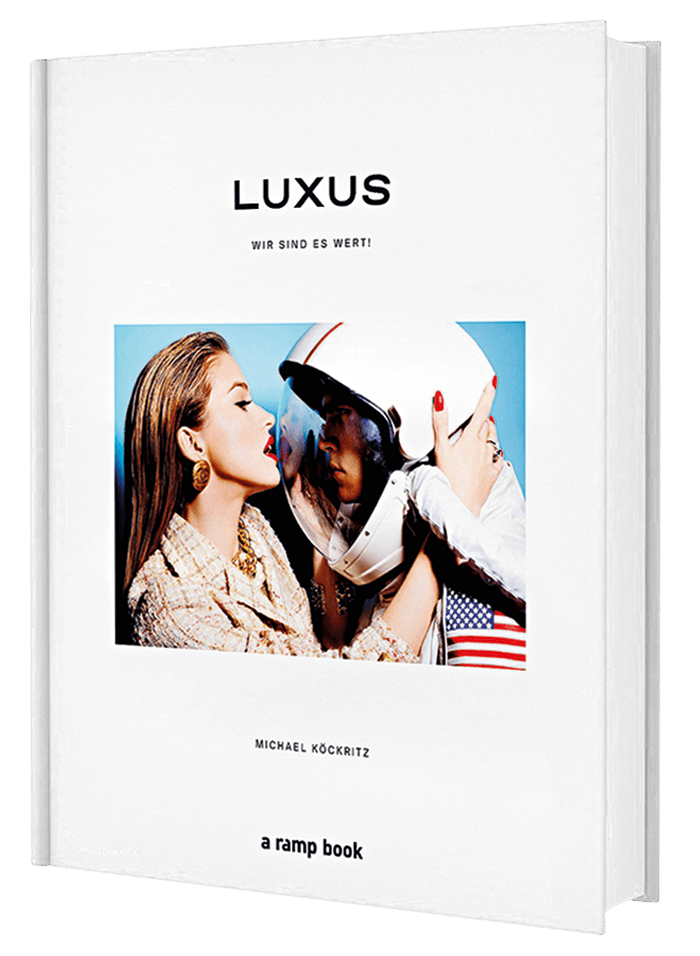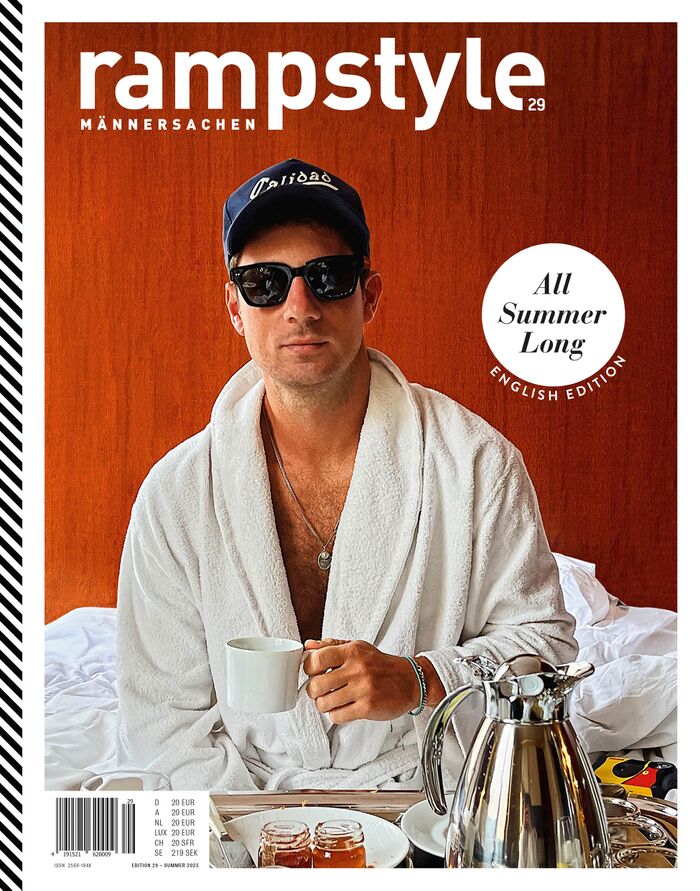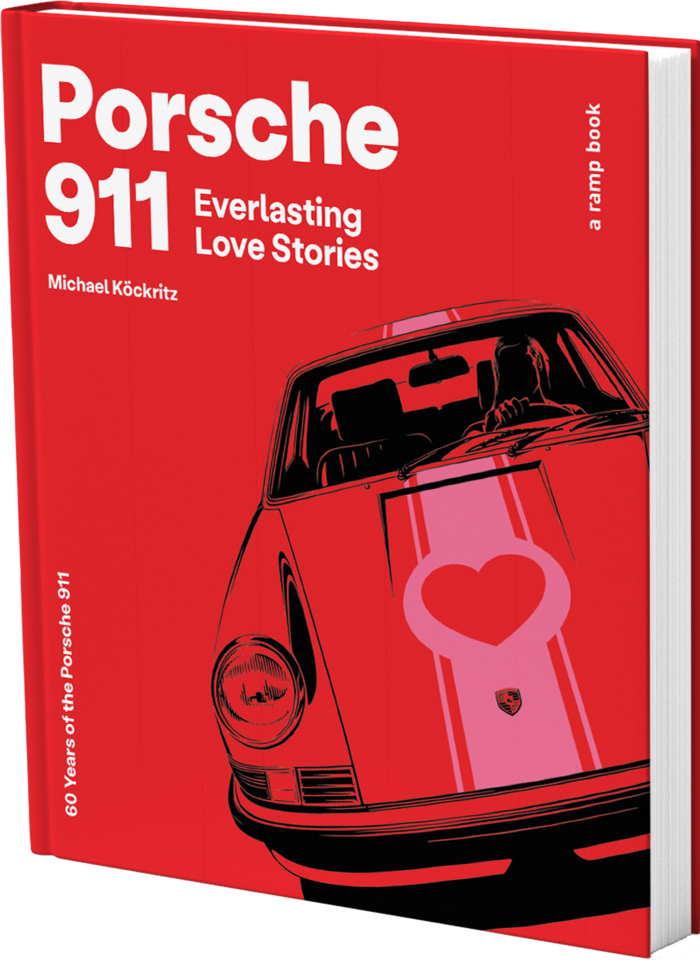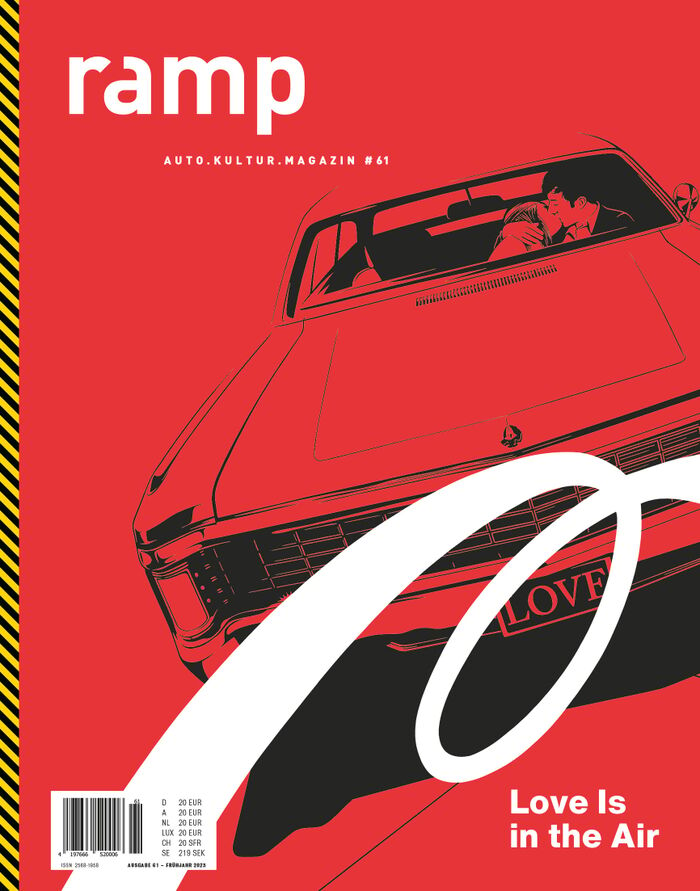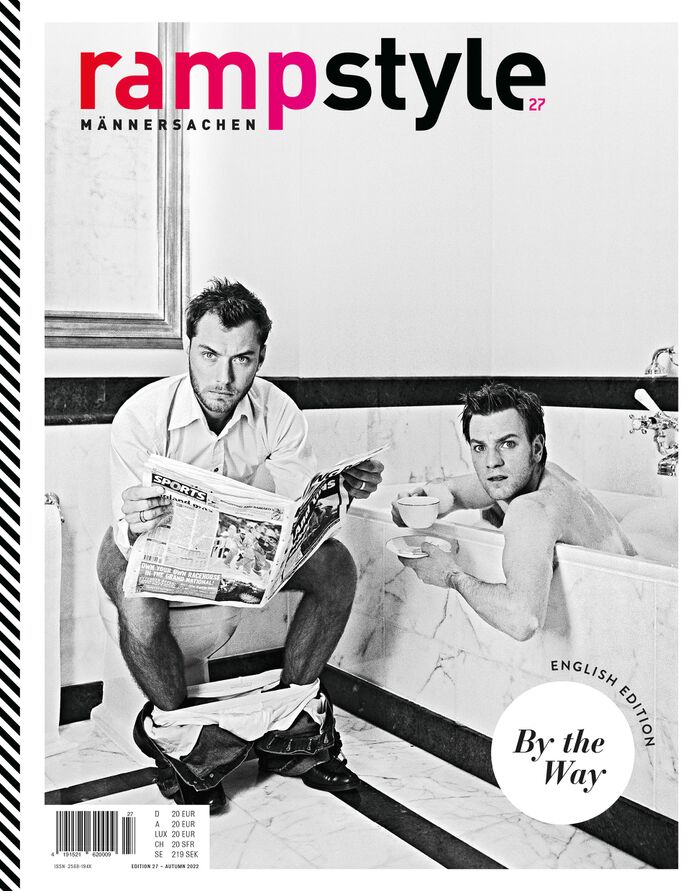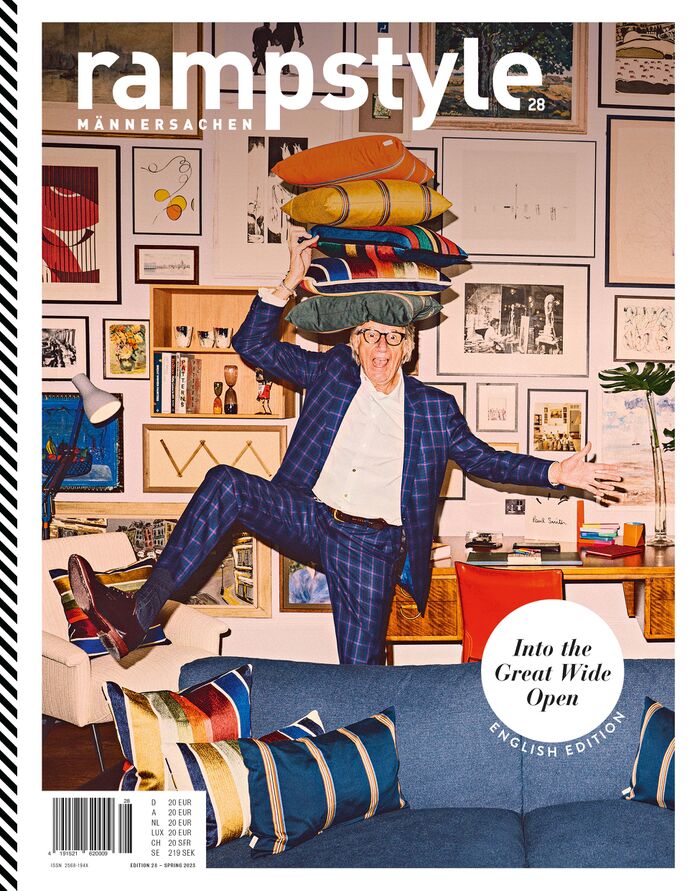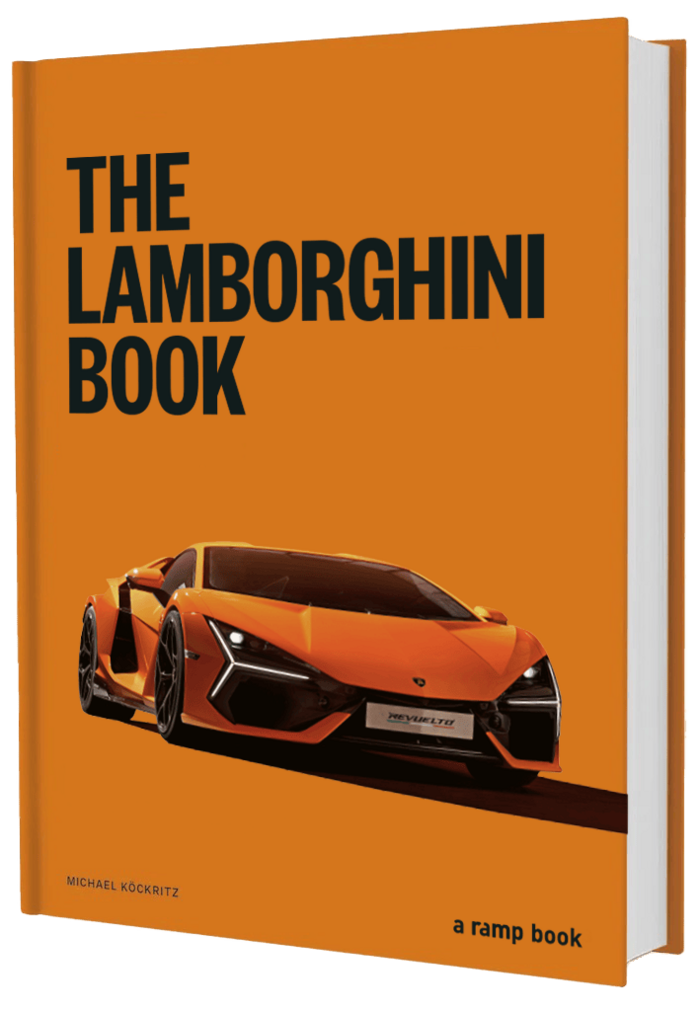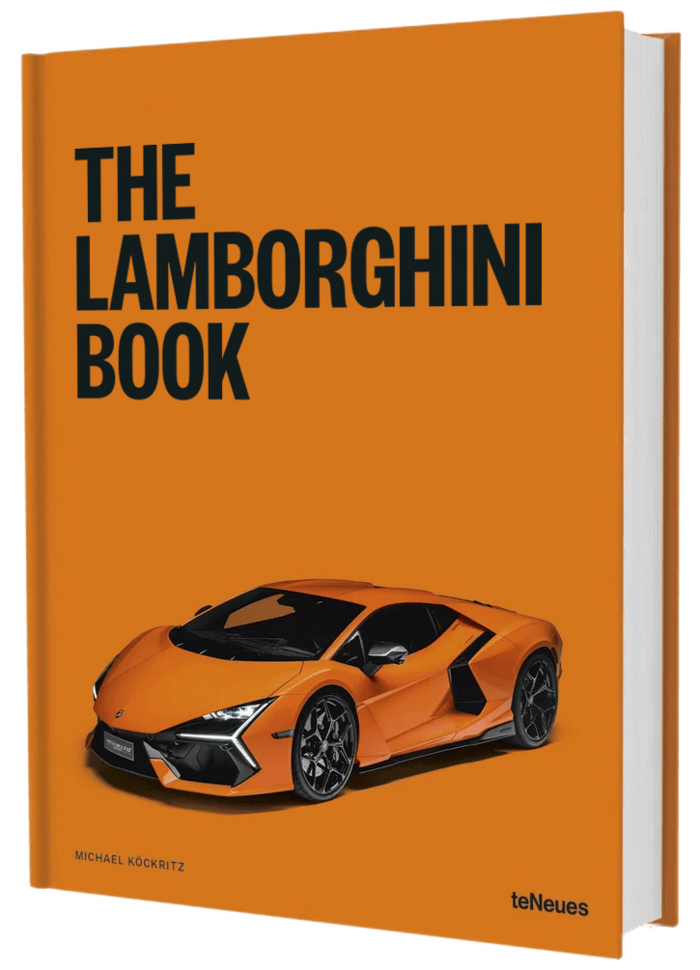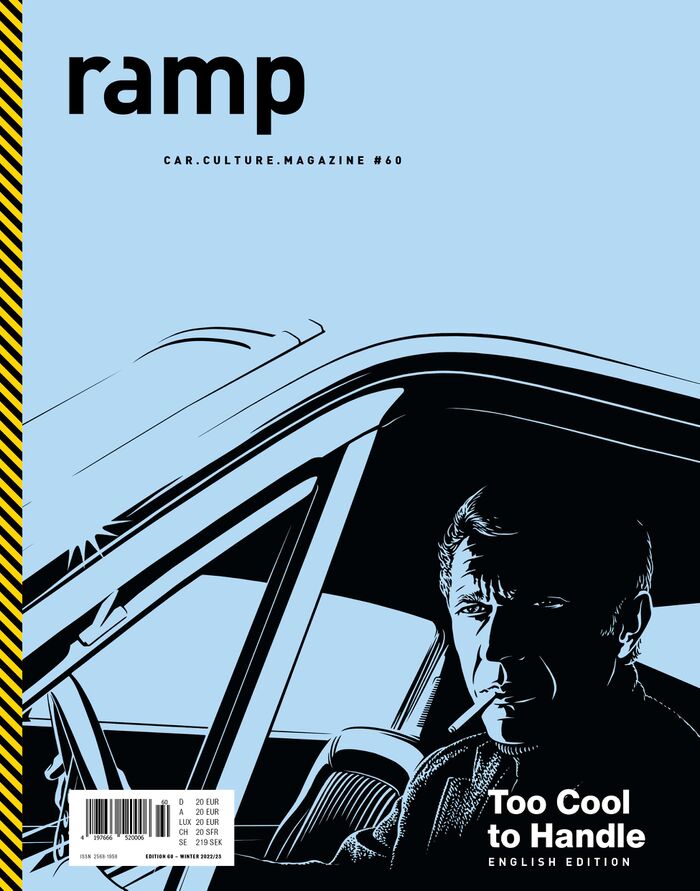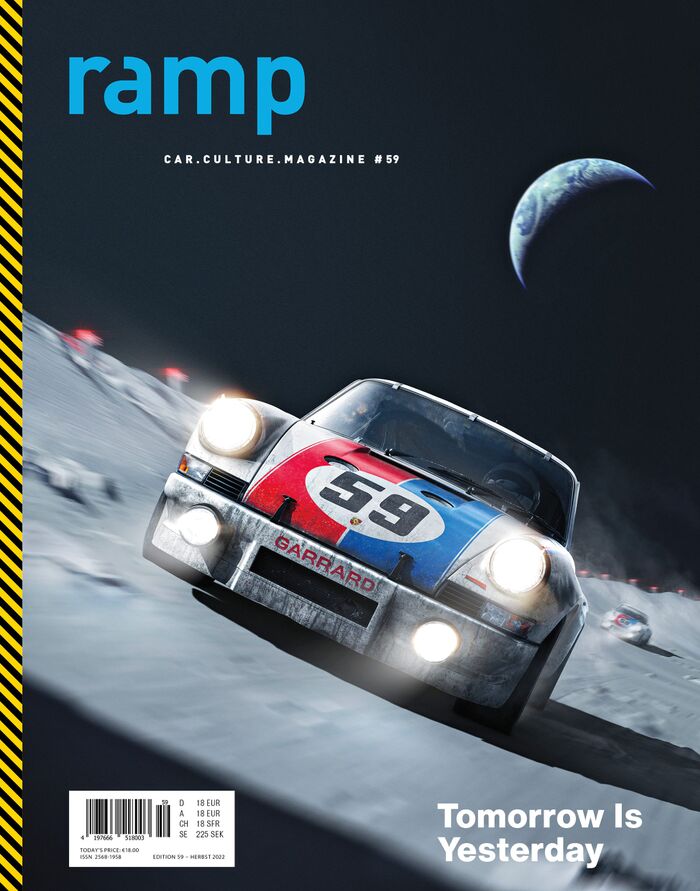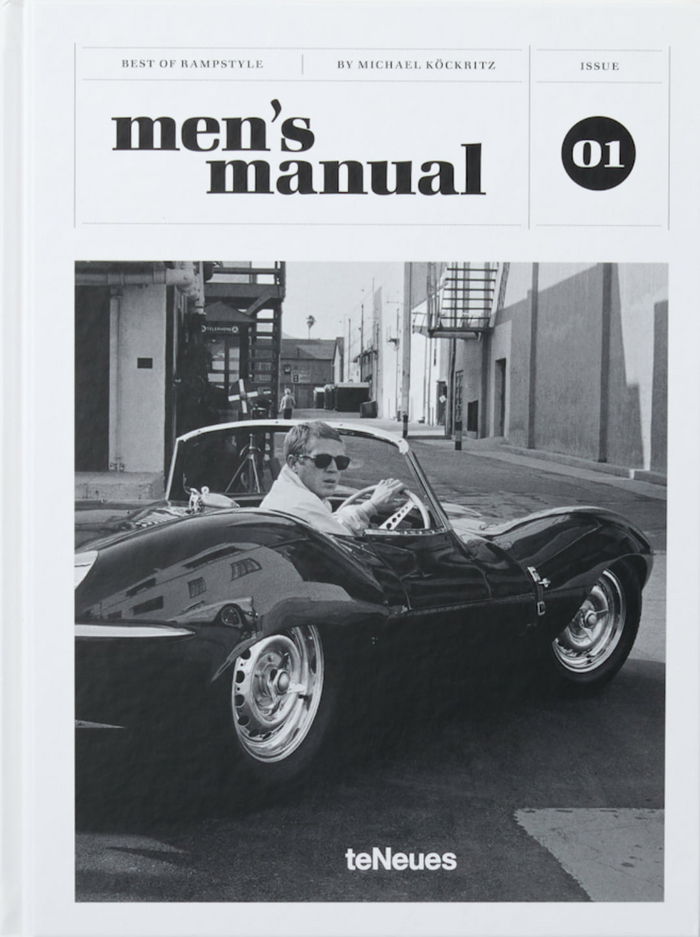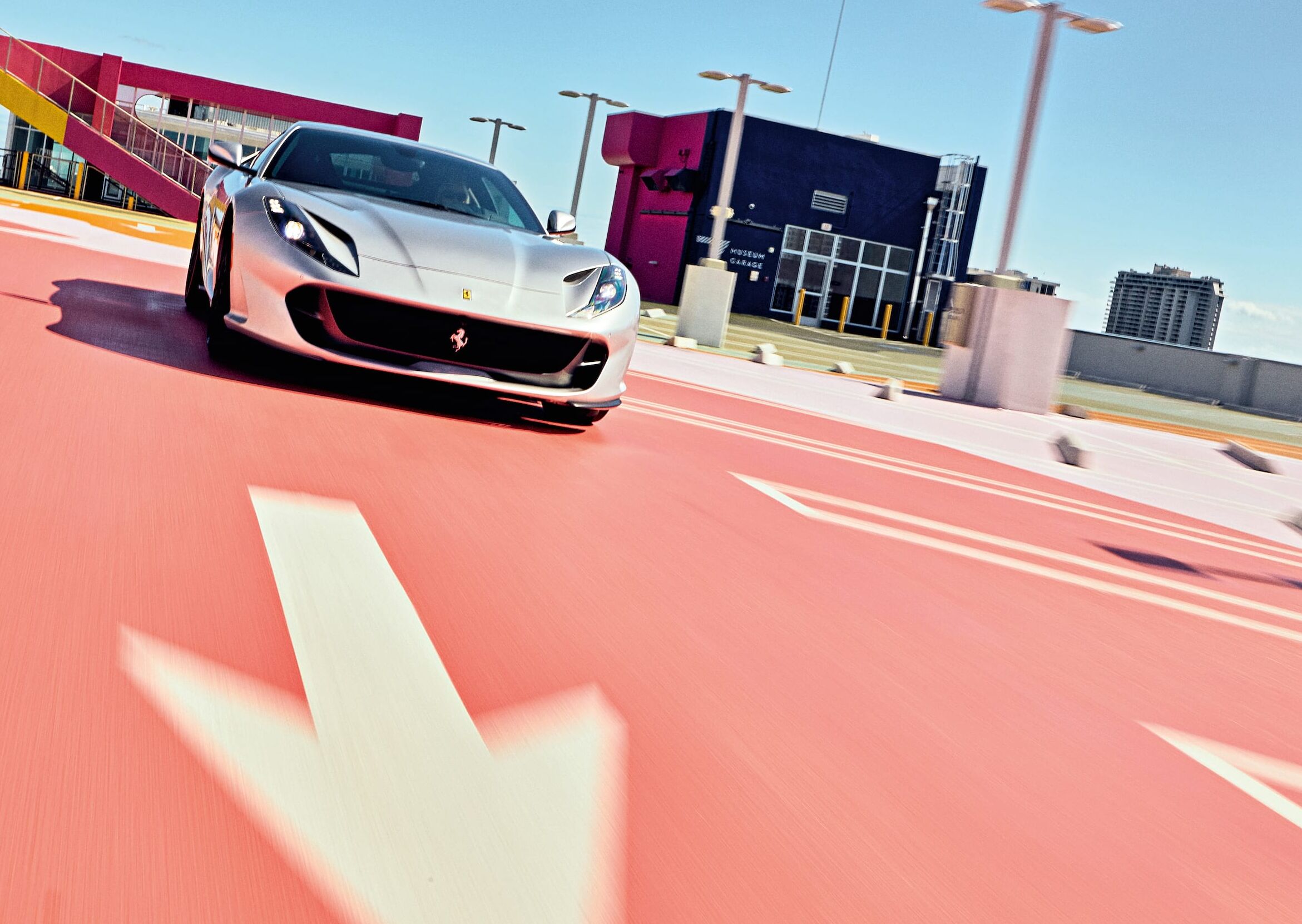Who or what inspired you when you were a kid?
When I was a kid, maybe five or six years old, my dream was to become an architect. My mother told me that I was always drawing houses. But then I fell in love with airplanes. That was thanks to my uncle, who was a fighter pilot at the time. He was my hero.
What was he like?
Just think about Maverick in Top Gun. Like every fighter pilot, he was in love with fantastic cars and fantastic motorcycles. I remember this Alfa GT Junior that he had. I was seven or eight years old, and it was like a dream for me. So at that point, I wanted to do something with airplanes. But when you grow up in Italy’s Motor Valley, there’s no getting around motor vehicles. There’s no way to avoid becoming a petrolhead. If you live there and you don’t have a moped at fourteen, your friends will ask what’s wrong with you. [laughs] So I started falling in love with cars and motorcycles. Then, when I was nineteen, I decided to become an aerospace engineer. But my specialization was in aerodynamics for cars. So I found a way to mix my passions. And somehow I ended up in the wind tunnel of Ferrari, testing models for the aerodynamics of cars. I stayed there about one year. They actually let me use the wind tunnel at night. During the day, of course, they had to do their business. It was a really great experience and I am extremely grateful to Ferrari and to all the people who helped me develop my passion for aerodynamics. And then Ducati offered me a position as project manager.
And what was the next big milestone?
The next milestone was in 2005 when they asked me if I was ready to head up the design studio – even though I didn’t have a background in design. There had been a lot of conflict between R&D and the design studio before that. That’s why Claudio Domenicali thought that I, as an engineer, as part of R&D, was the right person to lead the design studio. So I thought, okay, I’m a translator. I’m the one who explains to the engineers what the design is that we want to achieve. And I’m the one who explains to the designers why the engineers think something is not feasible, but that by adapting the design a bit, we can get what we want.
